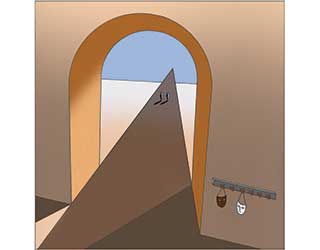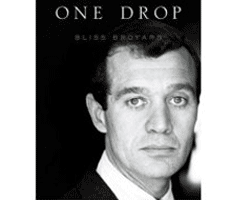Ah, technology animating the voices, and the sins, of the past.
Huffpo links to a piece on how Google has stirred up Japan‘s past bigotry (read: forced it to acknowledge it) simply by taking an interest in its history and uploading vintage maps from its past:
The maps date back to the country’s feudal era, when shoguns ruled and a strict caste system was in place. At the bottom of the hierarchy were a class called the “burakumin,” ethnically identical to other Japanese but forced to live in isolation because they did jobs associated with death, such as working with leather, butchering animals and digging graves.
Castes have long since been abolished, and the old buraku villages have largely faded away or been swallowed by Japan’s sprawling metropolises. Today, rights groups say the descendants of burakumin make up about 3 million of the country’s 127 million people.
But they still face prejudice, based almost entirely on where they live or their ancestors lived. Moving is little help, because employers or parents of potential spouses can hire agencies to check for buraku ancestry through Japan’s elaborate family records, which can span back over a hundred years.
An employee at a large, well-known Japanese company, who works in personnel and has direct knowledge of its hiring practices, said the company actively screens out burakumin job seekers.
And the burakumin are pissed. I think these maps should make them grimly happy.
What’s weirdest about the piece is its lack of analysis. It reports, but it doesn’t tell us what the reportage means: are the burakim pissed because now they’re that much more identifiable? Simply because the old ‘hoods are marked with the Japanese equivalent of nigger (“eta” or, “filthy mass”)? When Google left in the offensive markers (never having understood what they meant, surely) the burakumin were offended. When they eradicated them, they remained offended: “This is like saying those people didn’t exist. There are people for whom this is their hometown, who are still living there now,” said Takashi Uchino from the Buraku Liberation League headquarters in Tokyo.
Either the affected group isn’t sure what it wants or the writer is a very poor journalist indeed. Near as I can tell, the group wanted the markers left in but with a historical explanation and displayed only as such maps would be in a museum (with appropriate self-flaggelation). With this writer, we don’t know. But speaking as one whose family lived in a string of areas known as “niggertown” and the like, I much prefer this kind of undeniable proof. Though, I must admit, I wouldn’t want folks navigating thru town, looking to get drunk or laid, via cellphone GPS with this version of the map. This kind of artifact should be used for educational purposes only.
Still, you gotta love it when the truth slaps us all in the face.










